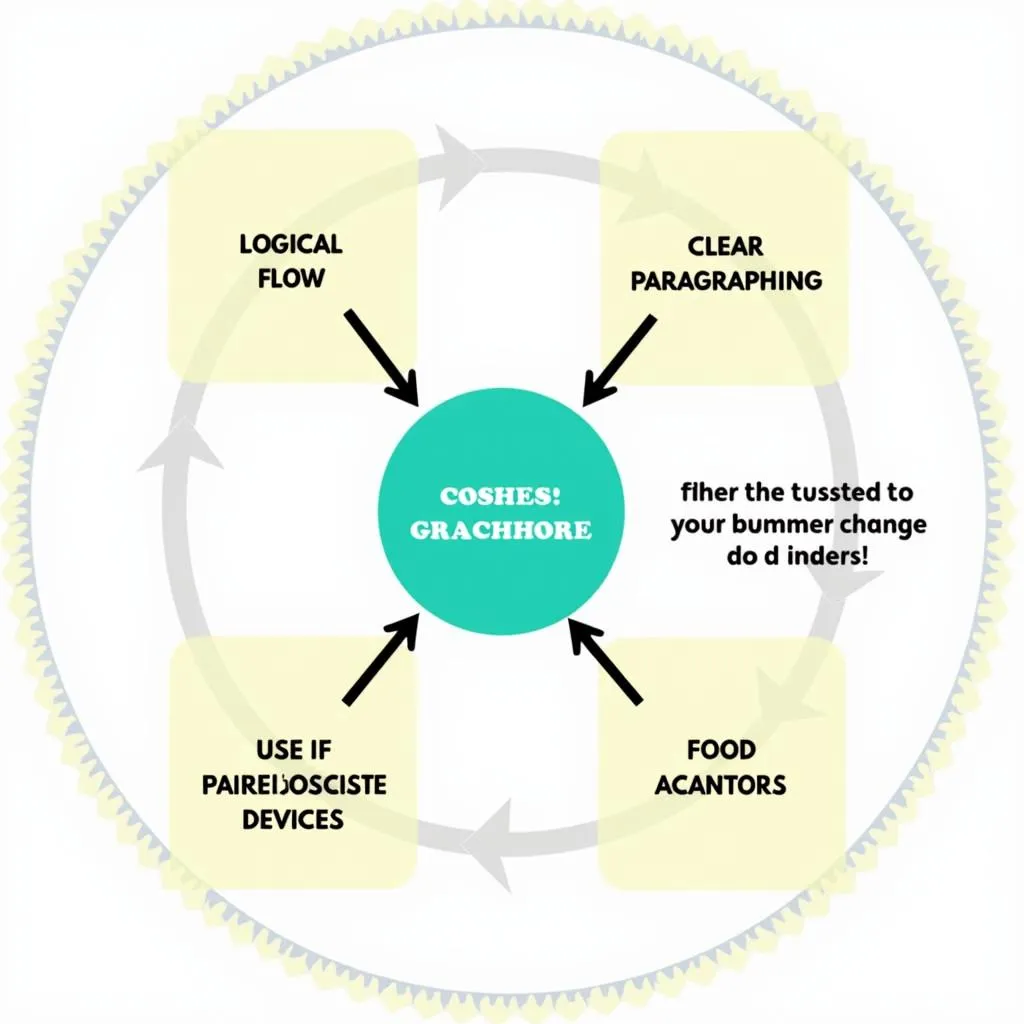Understanding Coherence in IELTS Writing
Coherence is a crucial aspect of IELTS Writing Task 2 that ensures your essay flows logically and seamlessly. It refers to the way ideas are connected and organized throughout your writing, making it easy for the reader to follow your arguments. Achieving high coherence can significantly boost your IELTS Writing score, as it demonstrates your ability to present ideas clearly and effectively.
Why Coherence Matters in IELTS Writing Task 2
Coherence is one of the four marking criteria in IELTS Writing Task 2, alongside Task Achievement, Lexical Resource, and Grammatical Range and Accuracy. Examiners specifically look for how well your ideas are linked and how smoothly your essay progresses from one point to another. A coherent essay not only makes a strong impression but also helps you convey your thoughts more convincingly.

Key Strategies to Enhance Coherence
1. Plan Your Essay Structure
Before you start writing, take a few minutes to outline your essay structure. This planning phase is crucial for ensuring coherence throughout your writing.
- Brainstorm your main ideas
- Organize these ideas into a logical sequence
- Decide on your paragraph structure
By having a clear roadmap, you’ll be able to write more coherently and avoid going off-topic.
2. Use Clear Paragraphing
Proper paragraphing is essential for coherence. Each paragraph should focus on a single main idea and follow a logical structure:
- Topic sentence: Introduce the main idea of the paragraph
- Supporting sentences: Provide evidence, examples, or explanations
- Concluding sentence: Summarize or link to the next paragraph
This structure helps the reader follow your thoughts easily and understand the progression of your argument.
3. Employ Cohesive Devices Effectively
Cohesive devices, also known as linking words or transition signals, are crucial for improving coherence. They help connect ideas within and between paragraphs. Here are some examples:
- To add information: furthermore, moreover, in addition
- To contrast: however, on the other hand, nevertheless
- To give examples: for instance, such as, in particular
- To conclude: in conclusion, to sum up, overall
Use these devices naturally and avoid overusing them. A good rule of thumb is to use 1-2 cohesive devices per paragraph.
4. Maintain a Logical Flow of Ideas
Ensure that your ideas progress logically from one to the next. Each paragraph should build upon the previous one, creating a smooth flow throughout your essay. Consider using these techniques:
- Use cause and effect relationships
- Move from general to specific points
- Present ideas in chronological order when appropriate
By maintaining a logical flow, you guide the reader through your argument, making your essay more coherent and persuasive.
5. Use Pronoun References Carefully
Proper use of pronouns can enhance coherence by creating clear connections between sentences. However, be cautious to avoid ambiguity:
- Ensure that each pronoun clearly refers to a specific noun
- Use demonstrative pronouns (this, that, these, those) to refer to previously mentioned ideas
For example: “Environmental pollution is a growing concern. This issue requires immediate attention from governments worldwide.”
6. Practice Paraphrasing and Summarizing
Develop your ability to rephrase ideas using different words and structures. This skill helps you:
- Avoid repetition
- Reinforce key points without sounding redundant
- Connect ideas more smoothly
For instance, instead of repeating “climate change” multiple times, you could use phrases like “global warming,” “environmental shifts,” or “alterations in weather patterns.”
Common Pitfalls to Avoid
1. Overusing Transition Words
While cohesive devices are important, using too many can make your writing feel forced and unnatural. Aim for a balance, using them where they genuinely improve the flow of your essay.
2. Introducing New Ideas in the Conclusion
Your conclusion should summarize your main points and restate your thesis. Introducing new ideas at this stage can disrupt the coherence of your essay.
3. Writing Overly Long Paragraphs
Excessively long paragraphs can be difficult to follow and may contain multiple ideas. Stick to one main idea per paragraph to maintain clarity and coherence.
4. Neglecting to Link Paragraphs
Ensure that there are clear connections between your paragraphs. Use transition sentences or phrases to show how each paragraph relates to the overall argument.
Practice Exercises to Improve Coherence
-
Paragraph Ordering: Take a jumbled essay and rearrange the paragraphs into a logical order. This exercise helps you understand the flow of ideas.
-
Cohesive Device Gap-Fill: Practice inserting appropriate cohesive devices into a text with blanks. This improves your ability to use linking words effectively.
-
Topic Sentence Creation: Given a set of supporting sentences, practice writing appropriate topic sentences. This reinforces the skill of introducing paragraph themes clearly.
-
Essay Planning: Regularly practice planning essays before writing them. Time yourself to simulate exam conditions and focus on creating logical outlines.
Conclusion
Improving coherence in IELTS Writing Task 2 is a skill that develops with practice and awareness. By focusing on clear essay structure, effective use of cohesive devices, logical flow of ideas, and careful paragraph construction, you can significantly enhance the coherence of your writing. Remember to plan your essay, use linking words judiciously, and maintain a clear progression of ideas. With consistent practice and application of these strategies, you’ll be well on your way to achieving a higher band score in IELTS Writing Task 2.